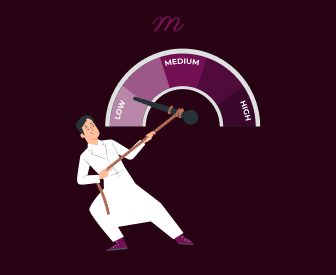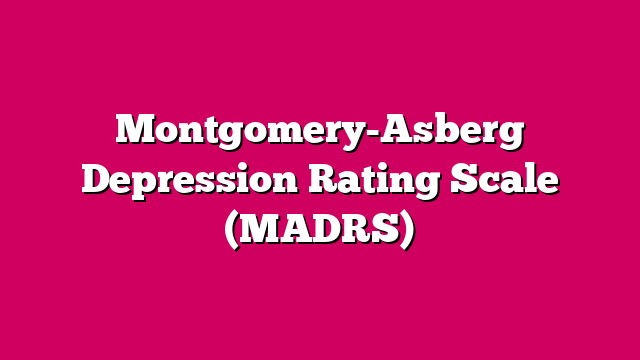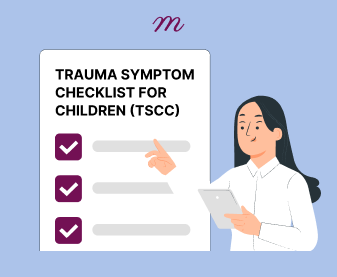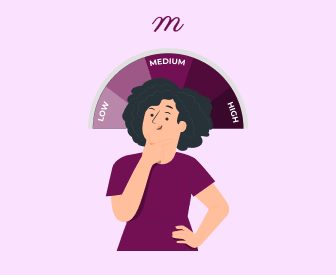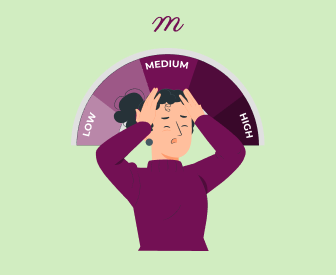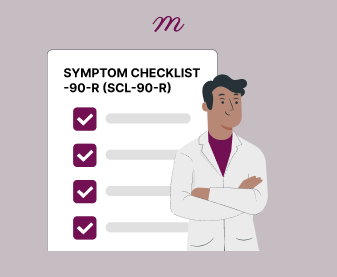Have your progress notes written for you automatically
The anger thermometer is an accessible and simple tool that can transform how individuals understand and manage their anger. It is rooted in cognitive-behavioural therapy (CBT), it functions as a visual representation of one’s emotional state, allowing people to identify and assess the severity of their anger in real-time. This is particularly helpful because it bridges the gap between emotional reactivity and rational decision-making. When people understand their anger on a spectrum and use the thermometer to track it, they can develop self-awareness, avoid impulsive reactions, and choose proactive responses instead of reactive ones.
In therapy, the anger thermometer is usually defined during the initial sessions in order to help patients acquire emotional regulation skills. For someone like James, a 29-year-old IT consultant who used to ‘keep his feelings in’ till they burst, the anger thermometer proved to be crucial in providing him with a model of how to express oneself without the fear of losing it.
In therapy, James internalised that the more he tried not to show his anger, the more anger built in him along with a lot of other negative emotions, until the time came for a blow up. His therapist pointed out that these feelings could be ‘monitored’ at an earlier stage – ideally before the anger outbursts and with the help of the anger thermometer which was also a ‘tool’ allowing one to function at moderate levels of anger.
To support James’s use of the anger thermometer, his therapist also introduced techniques such as journaling and mindfulness practices. After each day, James would record moments when he felt his anger rise and rate it on a scale from 1 to 10. Over time, he noticed patterns in his anger triggers, such as work deadlines and lack of communication from his team. By maintaining a journal of his experiences, James was able to separate his triggers from his response, becoming more intentional in addressing the issues at lower anger levels. This approach enabled him to communicate firmly and assertively instead of having an explosive reaction, leading to more constructive interactions with his colleagues.
Adapting the Anger Thermometer for Different Age Groups
The anger thermometer is universal in its suitability across all ages, courtesy of its flexible design. Young users of the anger thermometer may appreciate its features more with the addition of colours, cartoons, or text labels to the scale. A primary school counsellor may have an anger thermometer chart with words like “calm and relaxed”, “somewhat annoyed”, “getting mad”, “very angry” and “about to burst”. Each would probably have cartoon images for that particular level’s feelings. This makes it easier for younger children to understand and helps normalize discussions around emotions, encouraging a healthy emotional vocabulary from an early age.
This approach helps younger children comprehend the emotions better and also promotes healthy interaction about emotional issues, as it helps warm them up to ‘feeling vocabulary’ at a much younger age.
As for Ellie, a 10-year-old girl who had difficulties in controlling her anger, her therapist taught her parents how to make an anger thermometer that would be kept at home and used by Ellie whenever she had feelings of upset, mad or anger. Ellie was encouraged to update her position on the thermometer at the first sign of anger, which often included clenching her fists or feeling hot. After doing this for a while, she became aware of what made her angry and what it felt like. In addition, the parents were trained to support her with a question such as, “Where are you on the thermometer right now?” This contributed to Ellie making that effort of self-checking and enabled Ellie to practise putting her feelings into words.
For teenagers, the anger thermometer can be combined with cognitive restructuring exercises, where they examine and challenge the thoughts associated with their anger. Marcus, a 16-year-old who often experienced anger during disagreements with his friends, learned to use the anger thermometer in conjunction with “thought-stopping” techniques. At level 3, Marcus would notice subtle signs like tapping his foot or a slight tension in his jaw. By level 6, he would be clenching his fists. When he reached a level 4 or 5, Marcus practiced identifying his underlying thoughts and reframing them to lessen his emotional reaction. For example, instead of interpreting his friends’ criticism as a personal attack, Marcus learned to see it as feedback, which helped him respond less defensively. This combined approach of using the anger thermometer with cognitive exercises empowered Marcus to handle challenging social situations with greater confidence.
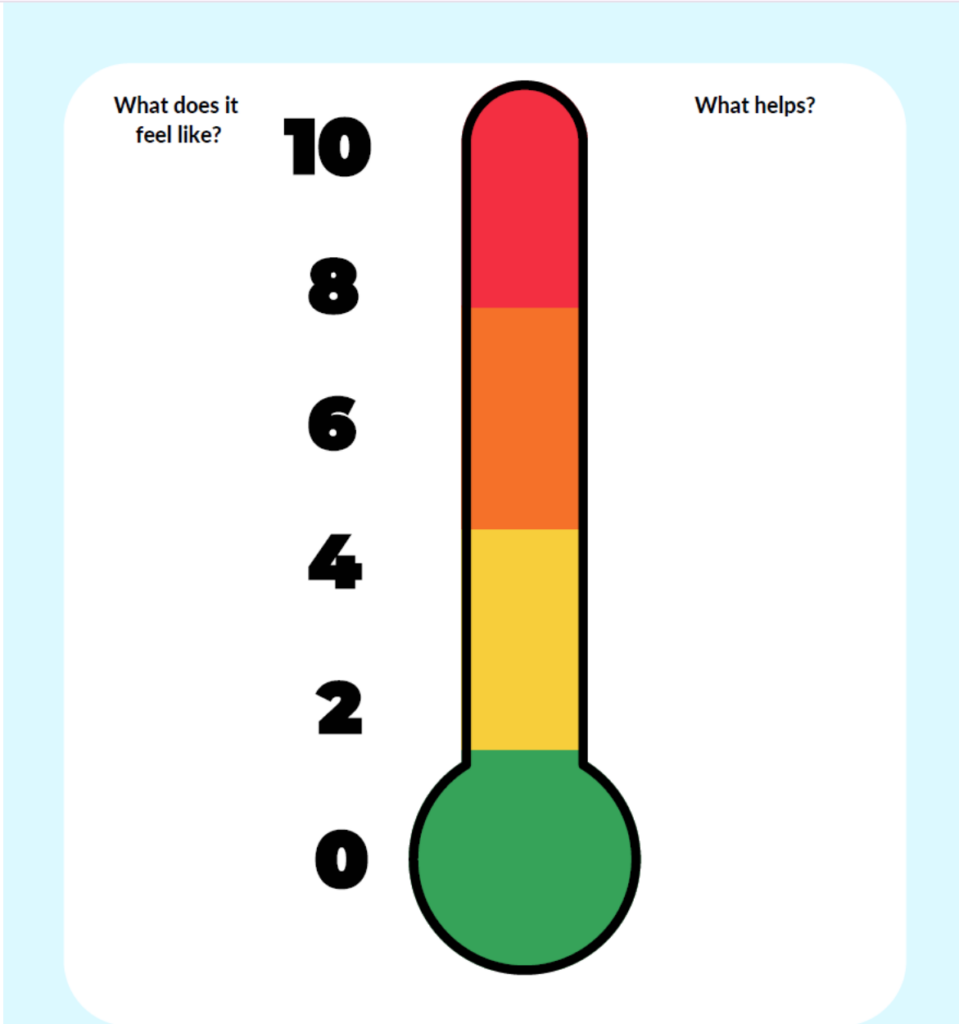
How to Use Anger Thermometer in Family and Group Settings
Given its simplistic nature, the anger thermometer can likewise be used in group situations, for example, family therapy or classroom workshops where feelings can be managed by participants as a team. In family therapy sessions, for instance with the anger thermometer, they were able to communicate more openly and understand each other better.
Let us take an example, where a therapist presented an “anger thermometer” tool to the Ahuja family, who had recurrent conflicts that often turned heated. Every family member was provided with a personal anger thermometer scale, and they openly talked about how to display and convey their anger levels during confrontations. The therapist advised that whenever anyone was very angry, members should respect each other and even walk away from heated conversations or put them on hold.This helped the family members to engage with each other in a healthy and constructive manner without the fear of judgement from them.
The Anger Thermometer in Educational Settings
For educators, the anger thermometer is a valuable classroom anger management tool. Anger thermometer can be thought of as a powerful tool helping children bring about second order changes as an emotionally equipped kid will take this information with them into adulthood and then also eventually pass it onto younger generations.
Anger thermometer can create a lasting impact. Teachers can create a common anger thermometer chart and put it up on the notice board and teach students how to assess their anger levels, especially when dealing with stressful group activities or exams. In the morning or at the beginning of the class the teachers could have a rule that they will have an everyday “Check-in”. The “check-in” process becomes a moment for the class to pause, assess, and respond mindfully to emotions, rather than reacting impulsively.
For instance, during a particularly intense group project, students might update their position on the thermometer by placing a marker on the common anger chart. Teachers could then guide the class through collective calming exercises, like square breathing or a quick stretch or a visualisation, to help everyone de-escalate and come back to a calm state.
Using mindfulness and breathing techniques like Progressive Muscle Relaxation (PMR) and diaphragmatic breathing can help enhance the effectiveness of the anger thermometer. As clients rate their anger level, they can engage in PMR exercises to reduce tension in the muscles that become constricted when the client gets anger.
For instance, tightening and then relaxing their shoulders or jaw can help release anger that manifests physically. Diaphragmatic breathing – when clients rate their anger as a 5 or above, they can practise slow, deep breaths to activate the body’s relaxation response, helping to counteract the physical symptoms of anger. This ensures that clients also know the solution to their high anger levels. This will help calm down and then engage in a dialogue that will then be constructive.
Using the anger thermometer consistently can deepen an individual’s relationship with their emotions, helping them understand anger not as an uncontrollable reaction but as a guide to unmet needs or unexpressed boundaries. Hence, an anger thermometer must be complemented with a strategy sheet corresponding to each anger level. This sheet can help individuals equip themselves with what they can do to calm down.
For some, anger may indicate feelings of vulnerability, while for others, it might signify a lack of control or respect in some areas of their life. By continuously exploring where they fall on the anger thermometer, individuals can build a mindset that is both reflective and responsive, using anger as a signal to explore and address underlying issues rather than react impulsively and explosively.
Individuals who use an anger thermometer on a regular basis may find that they become more resilient to anger triggers. The idea is not to stop becoming angry but to be able to identify what level of anger we are and if it is overwhelming levels of anger then how can we bring it down. This enhanced resilience does not imply that they will never become angry, but rather that they will respond with better awareness and intention.
Over time, the anger thermometer serves as a bridge to more complex emotional regulation tools, allowing people to respond to high-stress inducing events in a controlled manner. Furthermore, using the anger thermometer on a daily basis can improve mental health outcomes by lowering chronic stress caused by frequent anger and allowing the client to experience more pleasant interpersonal relationships.
Conclusion
In conclusion, the anger thermometer is much more than a simple tool for rating anger, it’s helps in building self-awareness and emotional resilience. Be it in personal relationships, in a family context, or even in classrooms, the anger thermometer creates an environment, which encourages a self-examination as well as an openness to feeling and expressing one’s emotions verbally and appropriately.
By recognizing and dealing with anger in its primary stages, one is able to consciously decide how to act in a way that helps enhance the interpersonal relationships and their level of personal comfort. While the anger thermometer application provides a long-term effect, which is accessible to people of any age allowing them to learn to control emotions with reasonable compassion that modifies their interactions with themselves and with others.
Thus, in this technique anger is not only no longer something to be afraid of, nor something that is poorly understood, but becomes like a teacher- where one is taught when anger is justified and how one needs to inquire and understand themselves more.
You can find the template for anger thermometer on this website – https://www.theyarethefuture.co.uk/anger-thermometer/


